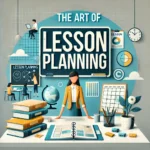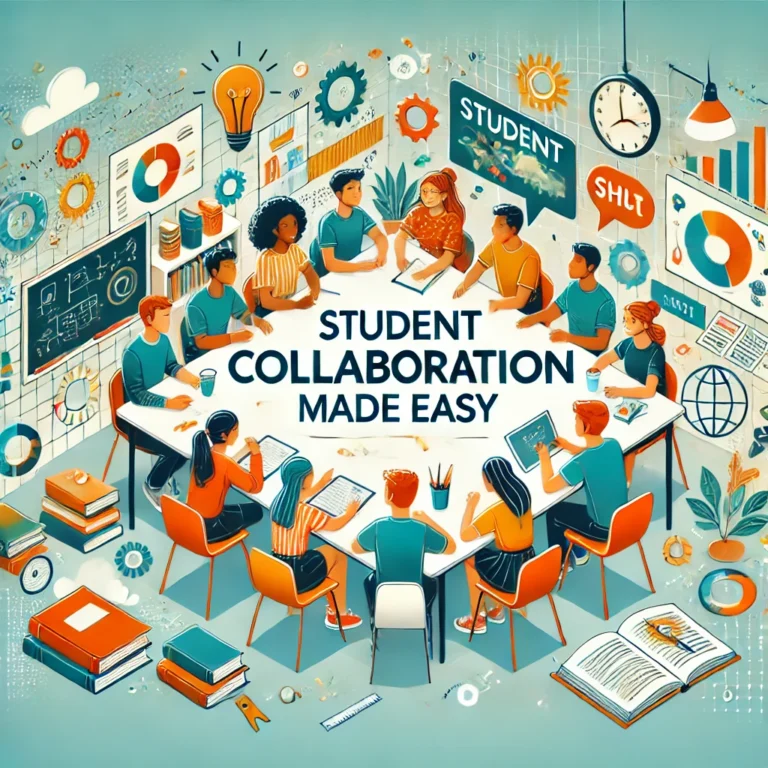Collaboration is a vital skill that students will carry with them beyond the classroom and into the workplace. Encouraging teamwork not only enhances learning but also builds important social skills such as communication, empathy, and problem-solving. However, getting students to collaborate effectively can be a challenge. Here are some innovative strategies to foster collaboration in your classroom, ensuring that students learn to work together while staying engaged and motivated.
1. Create Group Roles
One of the most effective ways to manage collaborative work is to assign specific roles to each student within a group. This ensures that everyone has a clear responsibility and contributes to the task. Common roles could include a leader, note-taker, presenter, and timekeeper. Assigning roles helps balance participation and prevents one or two students from dominating the project while others remain passive.
Tip: Rotate roles throughout the semester so students have the opportunity to develop different skills and perspectives within a group.
2. Incorporate Technology Tools for Collaboration
There are many digital tools that make collaboration easier and more interactive. Online platforms like Google Docs allow students to work together on the same document in real-time, while apps like Padlet or Jamboard can serve as collaborative spaces for brainstorming and sharing ideas. These tools are especially useful for hybrid or remote learning environments, where face-to-face interaction might be limited.
Tip: Encourage students to use video conferencing tools, such as Zoom or Microsoft Teams, to discuss group projects outside of class. This helps keep the momentum going even when students can’t meet in person.
3. Use Problem-Based Learning
Problem-based learning (PBL) is an excellent way to encourage collaboration while engaging students in real-world issues. In PBL, students work together to solve complex problems, drawing on their knowledge and creativity. This method fosters deep learning and allows students to see the practical applications of what they’re studying.
Tip: Choose problems that are relevant to students’ lives and interests, such as environmental issues, community challenges, or global events. This increases motivation and engagement while helping students see the impact of their learning.
4. Host Peer-Review Sessions
Peer-review sessions are a great way to promote collaboration, even in individual assignments. Students can share their work with a partner or small group and provide constructive feedback. Not only does this improve their ability to critique and analyze, but it also builds a sense of community and support within the classroom.
Tip: Provide clear guidelines and a rubric for peer review to ensure that students know what kind of feedback to give and receive.
5. Encourage Cross-Disciplinary Projects
Collaboration isn’t just for group projects within a single subject. Cross-disciplinary projects, where students from different subjects work together, offer a unique opportunity to broaden their perspectives and apply their knowledge in new ways. For example, pairing a science class with an art class to design a project that involves both scientific research and creative presentation.
Tip: Work with colleagues from other subjects to create these projects, fostering collaboration among teachers as well. This not only enriches student learning but also strengthens your school’s collaborative culture.
6. Foster a Collaborative Classroom Culture
While strategies and tools are important, building a collaborative classroom culture begins with you. Students are more likely to engage in teamwork when they feel safe, respected, and valued by both their teacher and their peers. Set the tone by modeling collaborative behavior yourself—actively listen to students, encourage them to listen to each other, and praise efforts to work together.
Tip: Start the year with team-building activities that help students get to know one another and establish trust. Building these relationships early makes future collaboration smoother and more effective.
7. Use Project-Based Learning
Project-based learning (PBL) gives students the opportunity to work together on long-term projects that require research, planning, and collaboration. This method encourages students to take ownership of their learning and builds essential teamwork skills. Choose projects that are relevant and meaningful, so students see the value of their work beyond the classroom.
Tip: Let students have a say in selecting the project topic or final product. When students feel invested in the project, they are more motivated to work together and produce high-quality work.
Final Thoughts Fostering collaboration in the classroom not only improves student learning outcomes but also helps students develop the skills they need to succeed in the real world. By incorporating digital tools, assigning group roles, and encouraging peer feedback, you can create an environment where students thrive through teamwork. As you experiment with these strategies, you’ll likely discover new ways to build a collaborative classroom culture where students support and learn from each other.


